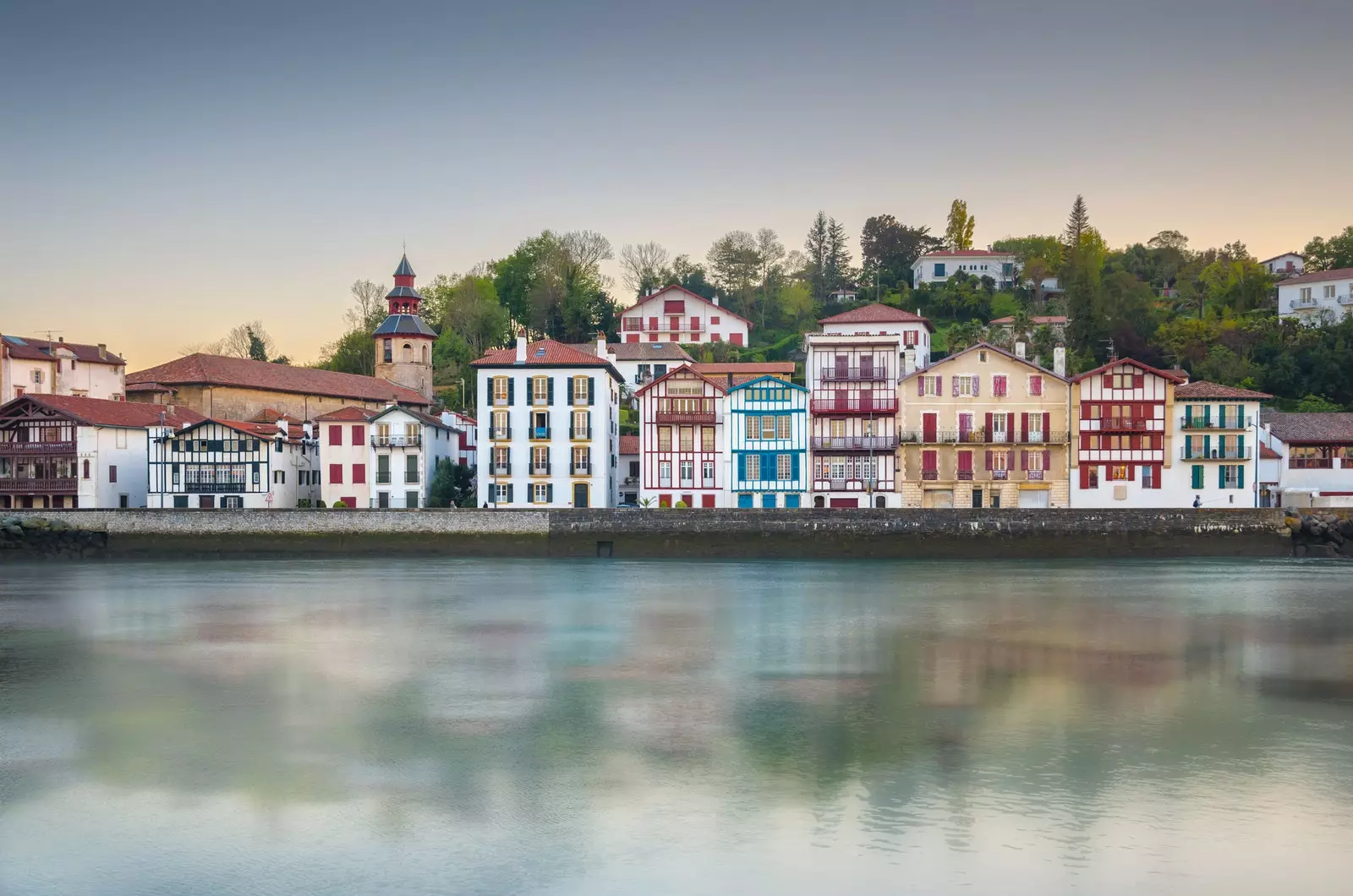
Views across the harbor at Saint Jean de Luz, France.
When we think of the French Basque Country, well-known towns such as the Hendaye border and its enormous Txingudi bay quickly come to mind. Bayonne and its little houses with colored windows on the banks of the River Nive or Biarritz, declared a City of surfing in 2015. But hidden on the rugged coast of New Aquitaine there is a picturesque little town called Saint-Jean-de-Luz (Saint-Jean-de-Luz in French) who has nothing to envy her famous sisters. It has a bay, it has colored windows, it has surf… And a botanic garden on a cliff with views of the Bay of Biscay that is a delight for the senses.
HOW TO GET
Less than 40 minutes by car on the AP-8 separate San Sebastián from San Juan de Luz. An effective route through which you will arrive very quickly to French territory, but which will mean that you get lost a secondary road that invites you to put your arm out the window and play the ad “Do you like to drive”.
Nor do you need to skirt the entire sinuous coastal profile of the French Basque Country (or maybe, yes, who knows?), by taking Route Nationale 10, which connects from Irun and runs parallel to the motorway, you will be assured a seductive journey between charming villages and rows of trees that line the road.
It is striking how the architectural landscape varies on one side and the other of the border. In our Basque Country, the huge farmhouses surrounded by green land and animals are more sober and rural, in yours, the appearance of these typical constructions is more reminiscent of that of a farmhouse with unmistakable blood-red windows and half-timbering.
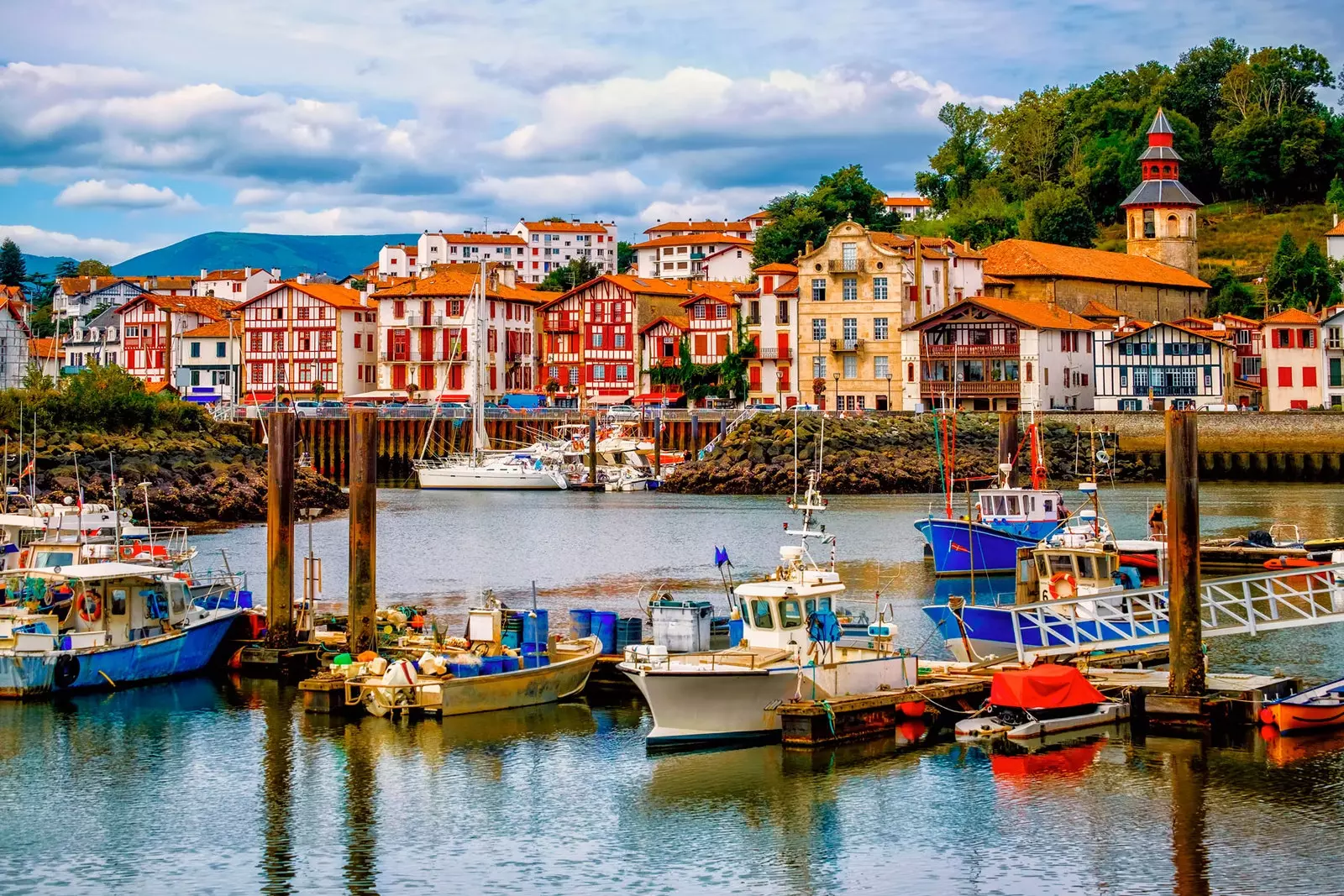
The first place you have to visit in San Juan de Luz is its fishing port.
WHAT TO SEE
Me I would start at the port to take the seafaring pulse of a town which has become fashionable not long ago as a beach destination, but which has a whaling past now occupied by anchovy, sardine or tuna fishing. The colorful boats, the tangled nets and the frenetic morning activity of its market They deserve a priority place in the visit.
It is very curious Promenade Jacques Thibaud, the promenade that runs along the Grande Plage, in the shape of a crescent, and that at some points along the route it has several wooden walkways that bridge the existing gap to access the doors of the houses. at the end of it The old hotel and casino La Pérgola stands out for its nautical profile, an interesting projected concrete art deco building designed in the 1920s by the Parisian architect Mallet-Stevens and intervened in the 1950s by fellow architect André Pavlovsky to house apartments on its upper floors.
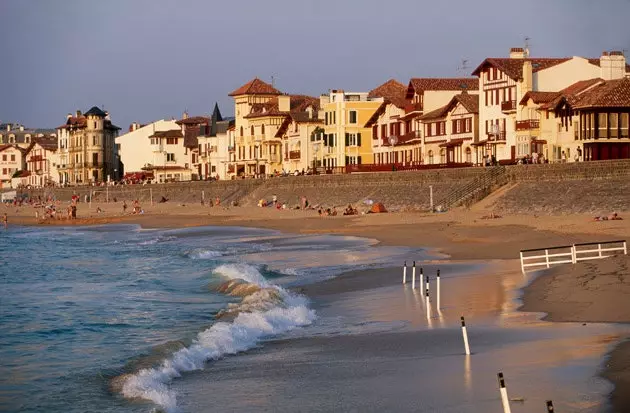
La Grande Plage, in the shape of a crescent, in Saint Jean de Luz.
WHERE TO SLEEP
Much more majestic (and in this case open to the public as a five-star hotel with a spa) is the also art deco Gran Hôtel Talsso & Spa, which, thanks to the recent refurbishment has recovered the coffered ceilings, the marble floors and the large wooden staircase , original elements from when it was born under the name of Modern Hôtel at the beginning of the last century.
Its luminous Thalasso & Spa Loreamar stands out, which uses –for its recognized properties for health and well-being– sea water in its elegant facilities: In addition to a heated pool with jets, it has twenty treatment rooms, a hammam, a sauna and a beauty institute that works with the prestigious cosmetic firm SkinCeuticals.
You will find a more modern decoration in the also emblematic and historic Madison Saint-Jean-de-Luz and in the Hôtel & Spa Hélianthal by Thalazur, with thalassotherapy programs and completely renovated spaces in which to discover local handicrafts, such as latticework or pottery from the Goicoechea pottery workshop.
WHAT TO BUY
Now that, due to Covid-19, Casa Lohobiaguenea -better known as Maison Louis XIV for being where the monarch stayed in May 1660 during his marriage with the infanta María Teresa de Austria y Borbón– is closed, you can satisfy your historical appetite by trying the famous macaroons that were served as a wedding gift after the royal banquet.
You'll find them at Maison Adam, which continues to use the same secret family recipe for more than three centuries. Made daily in an artisanal way with egg white, ground almonds and sugar, the macarons are some soft and sweet biscuits that were once served with wine and now with coffee or chocolate.

'Macarons' from the Maison Adam, Saint Jean de Luz.
The heart of Saint Jean de Luz is as sweet as its macarons, but also delicate like your antique shops: at Linge Ancien you will find everything from porcelain tableware to vintage glassware.
On both sides of its liveliest pedestrian streets (rue Gambetta, rue Jean Bague, etc.), French fashion splashes the windows of its boutiques: if you want to share a beret like Emily's in Paris, this is your place, you will find them with a Parisian cut in Héritage par Laulhèr. Or, if you prefer something more traditional, at Béret Basque (rue Loquin) there are basque txapelas in red (much cheaper).
Also local and artisan espadrilles are woven and sewn by hand in the Basque Country of Bayonne L'espadrille Basque (60 rue Gambetta), chocolates from L'Atelier du Chocolat (Rue Louis-Fortuné Loquin) and pâté of all kinds from La Pitchouli (29 Rue Léon Gambetta).
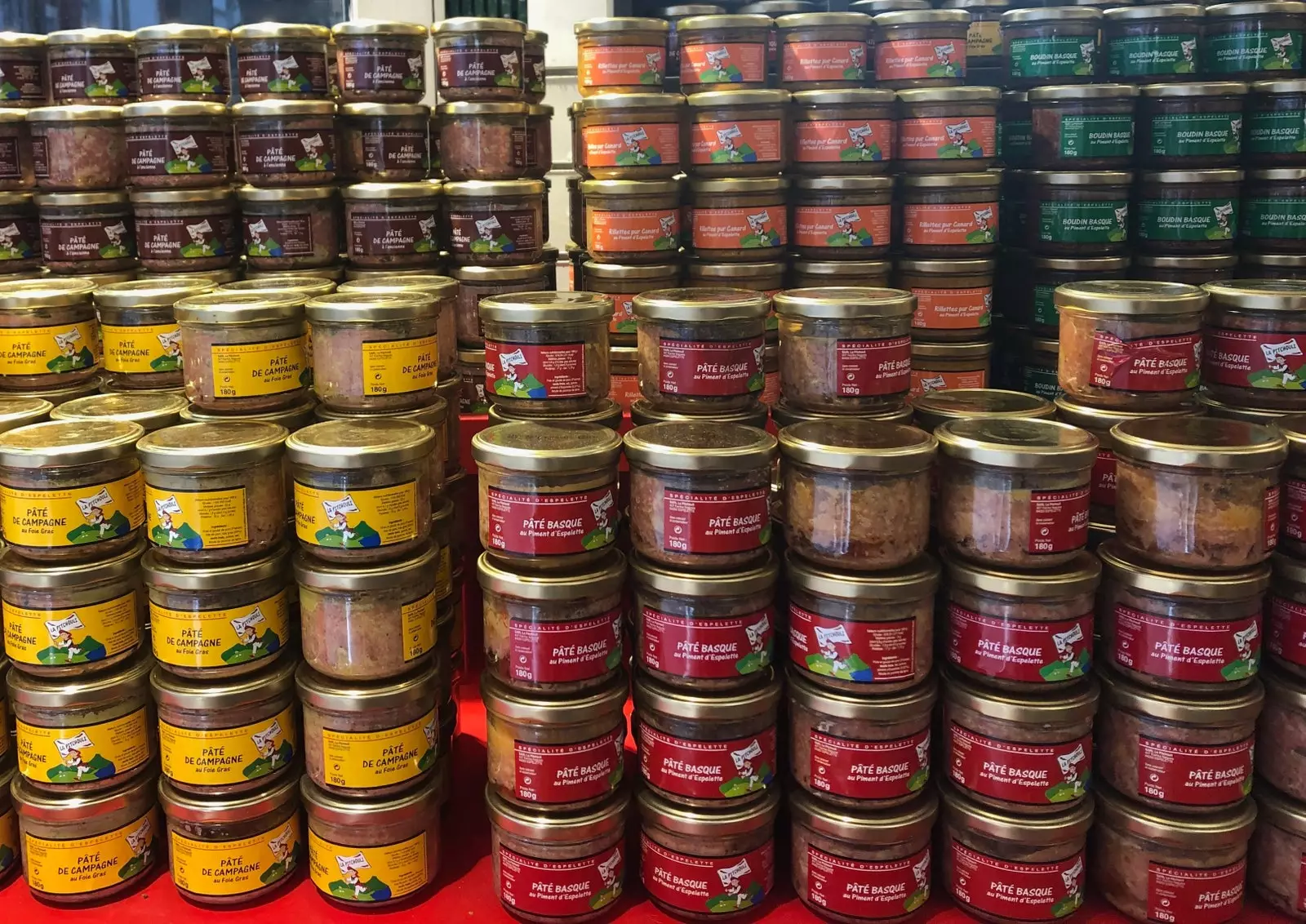
Paté in the La Pitchouli traditional products store, Saint Jean de Luz.
WHERE TO GET LOST
Along with the first part of 54-kilometre coastal path that connects Bidart with San Sebastian is the Paul Jovet Coastal Botanical Garden. Located on top of a cliff over the Cantabrian (although the French like to say about the Atlantic better), its almost three hectares of land have been landscaped mostly with species of regional flora.
The route begins along a path surrounded by curious trees, like those that in the past were used to build large wooden boats, and then proceed to the garden area and aromatic plants, protected by a photogenic and populated insect hotel and by a gigantic and centennial cypress.
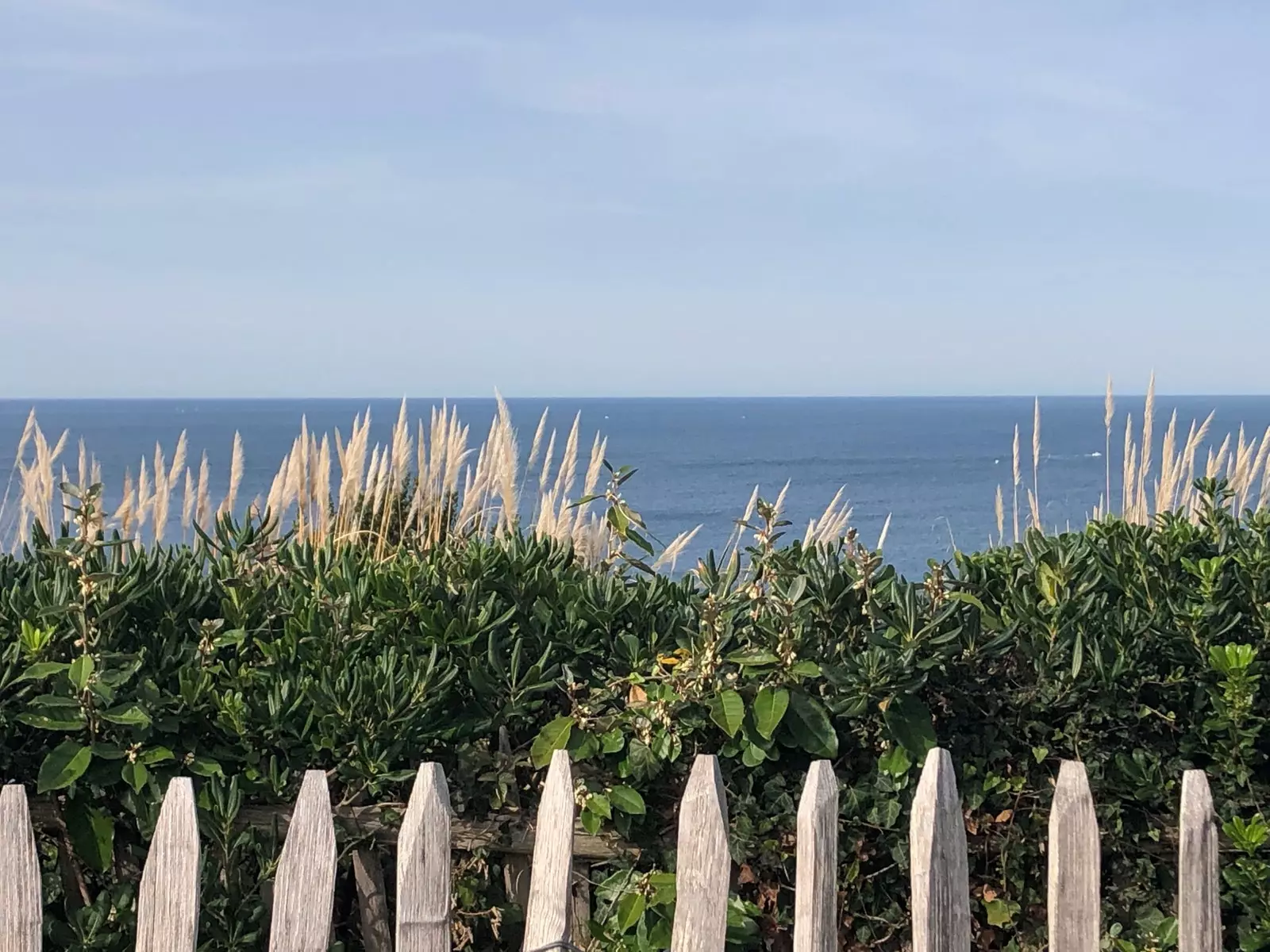
Views from the Paul Jovet Coastal Botanical Garden, Saint Jean de Luz.
The part dedicated to the dune vegetation of the Basque Country is the most impressive, apart from the stunning sea views, by the sensation of peace and reverie produced by the tall cane stalks from Provence swayed on one side and the other by the sea breeze.
Also there is a japanese type garden in which to sit and listen to the sound of running water next to the plants, an area with colorful and flowery cacti and a vegetable labyrinth that, although it is not so high as to get lost, it is at least interesting for its historical importance in the design of palatial and stately gardens around the world.
